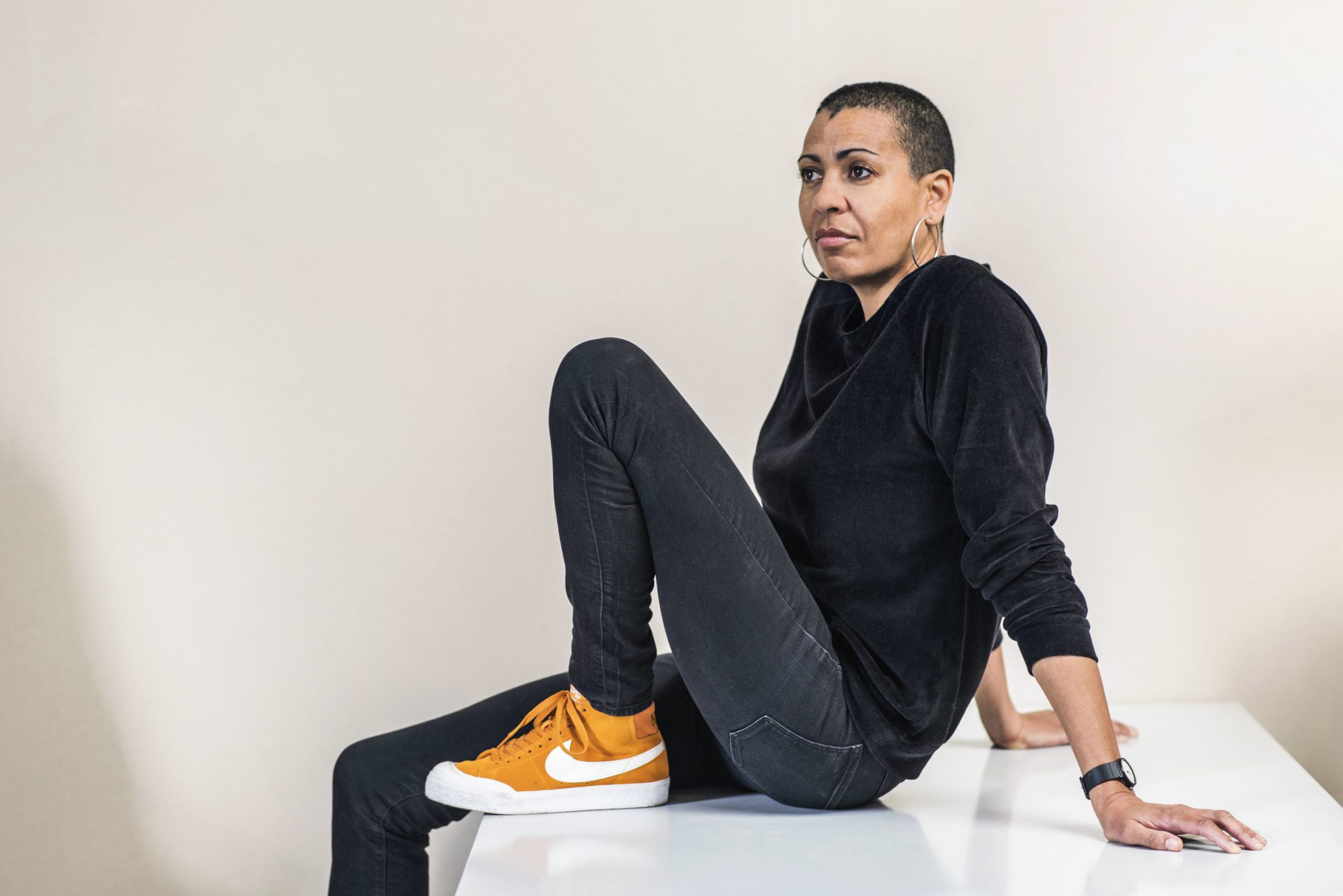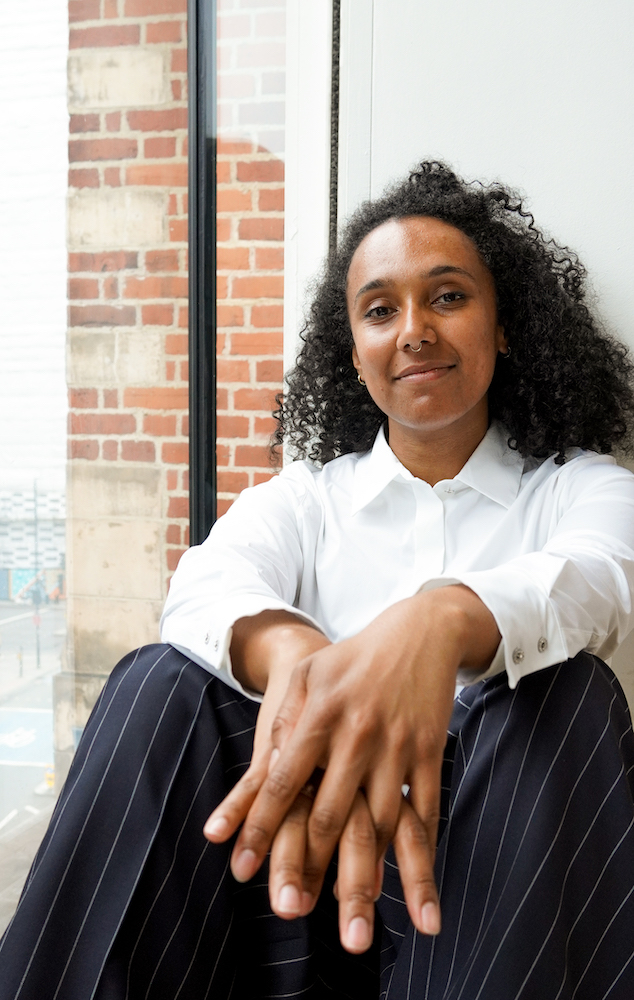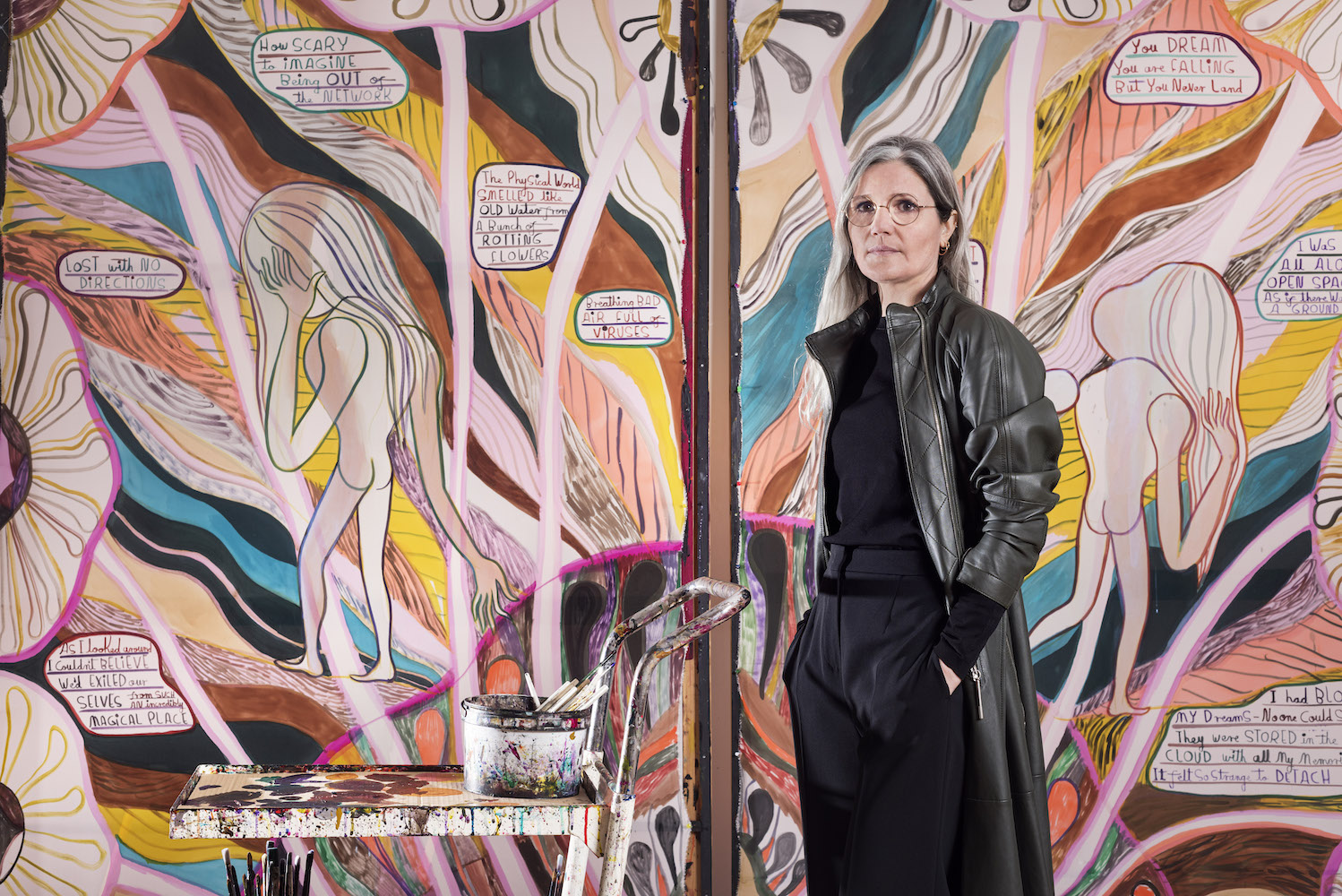This fall Whitechapel Gallery is presenting Elmgreen & Dragset’s “This Is How We Bite Our Tongue.” The exhibition is supported by Phillips and is on view from September 27, 2018, through January 13, 2019.
The show is about what is unsaid. The artist duo, made up of Michael Elmgreen and Ingar Dragset—who are known for their subversive, immersive installations—are investigating social indignation, personal frustration, and the current loss of faith in a society based on togetherness.
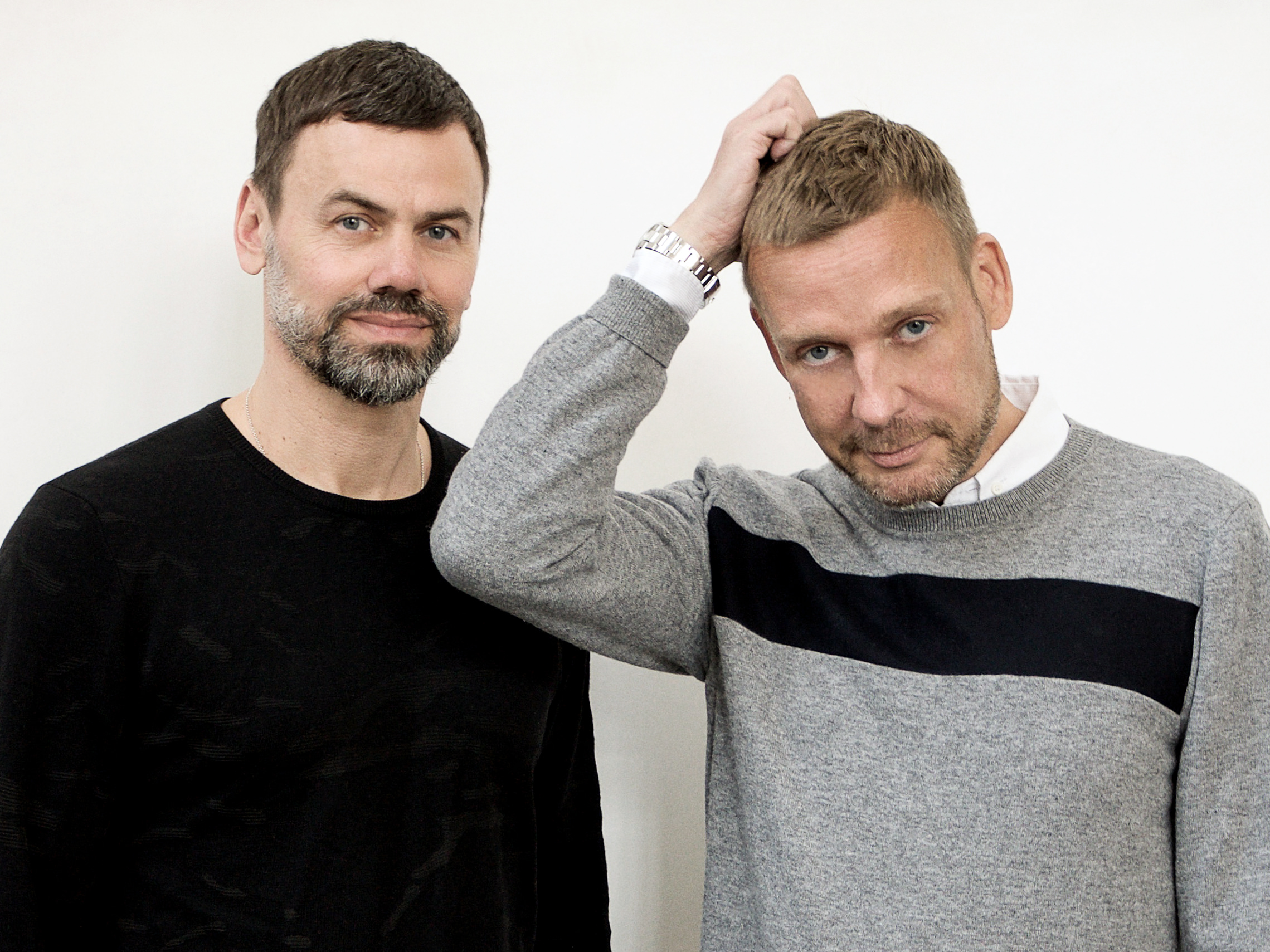
Elmgreen & Dragset
Photo by Elmar Vestner
Whitewaller caught up with the artists this summer to learn more about what they have planned for this fall in London.
WHITEWALLER: You’ll create a new large-scale installation for the show that addresses the fate of the civic space. How did you arrive at this focus?
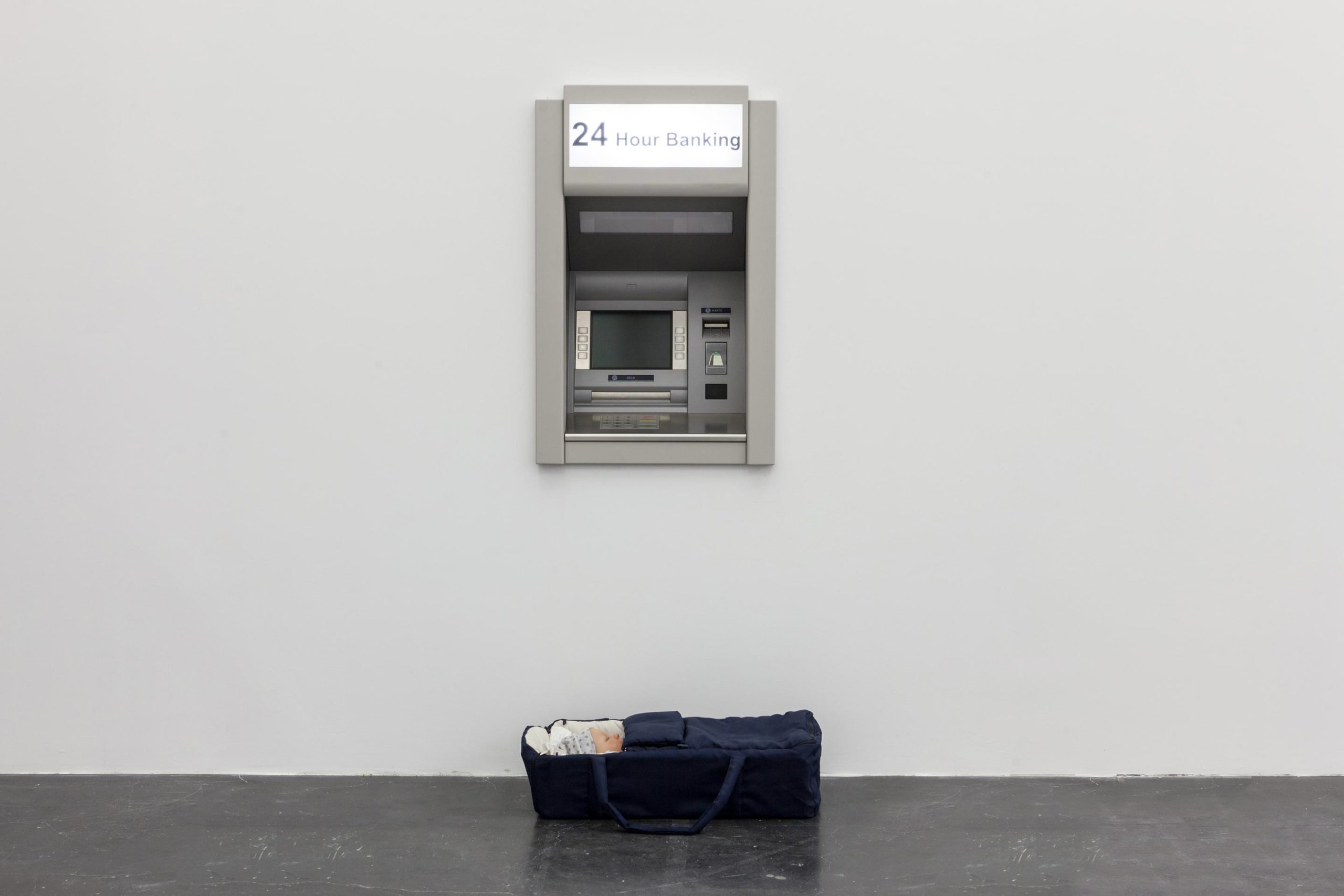
Elmgreen & Dragset
Modern Moses
2006
Carrycot, bedding, wax figure, baby clothes,
stainless, steel cash machine
Carrycot: 16 x 71 x 37 cm
Cash machine: 96.5 x 63.8 x 43.5 cm
Photo by Eric Gregory Powell
Courtesy of the artists and Whitechapel Gallery
ELMGREEN & DRAGSET: Civic space is about to be cut out of our culture and it’s about the loneliness one can experience when real-life communities are exchanged with abstract interhuman relations on social media. And Whitechapel Gallery is located in an area of East London that has undergone radical changes during the past decades. The gentrification process here has changed both the demographics and daily public life. A large number of high-rise office developments have been popping up like mushrooms and real estate prices have been booming. Places that used to be shared areas have been turned into private ground.
WW: Can you tell us about some of your figurative sculptures that will be on view?
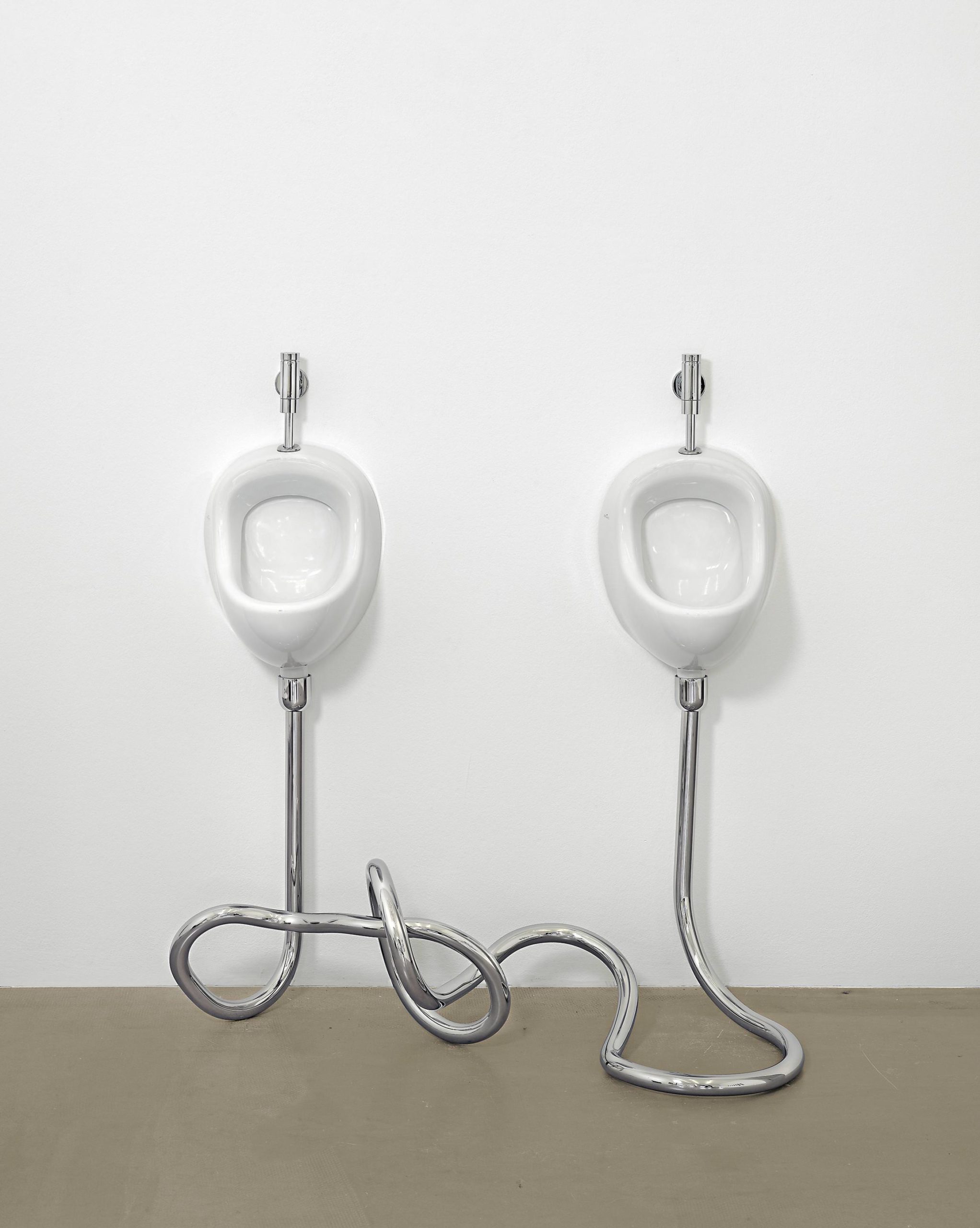
Elmgreen & Dragset
Gay Marriage
2010
Porcelaim urinals, taps, stainless steel tubing
110 x 43 x 123 cm
Photo by Matthias Kolb
Courtesy of Galerie Gerhardsen Gerner
E&D: Many of our figurative sculptures deal with the notion of masculinity and the problems linked to traditional male roles.
WW: How will the installation interact with the architecture of the gallery?
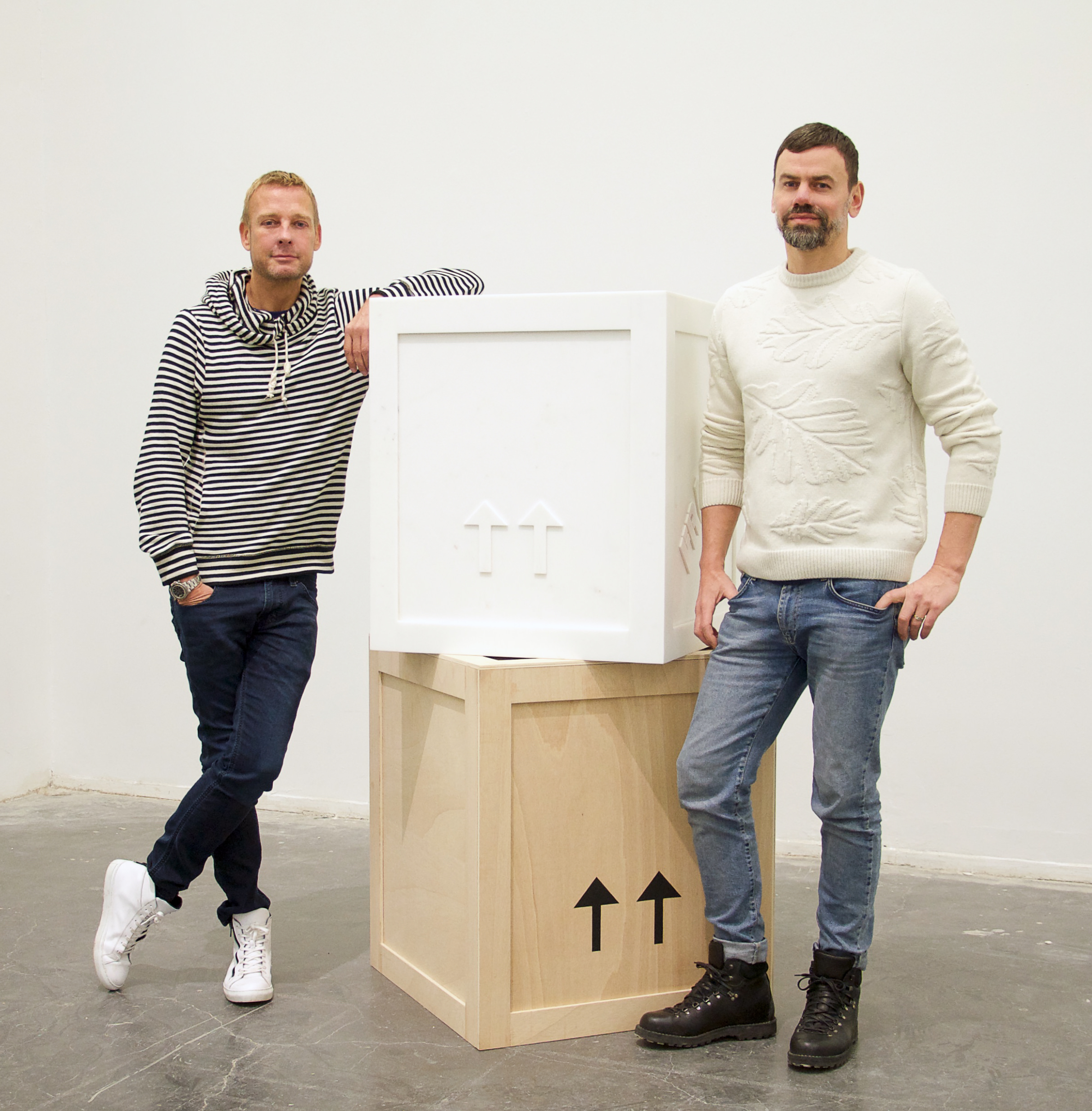
Elmgreen & Dragset
Photo by Elmar Vestner
E&D: When we transform an exhibition space, it is often in order to make it look less like a typical white cube. If you make a new architectural setting for the display of art, we believe that it can allow the audience to experience the works in a different and less routine manner. The movement of the audience will also be directed in new ways according to this transformation of the space; the visitors become sort of like performers themselves just by their appearance in the room. Even some of the existing features in the room perform differently when meeting the new architectural features we introduce. Skylights, doors, and lamps that have been there for ages suddenly seem like they’ve been transported from another place and era.
WW: As artists who can definitely be subversive, have you ever felt the need or pressure to bite your tongue?
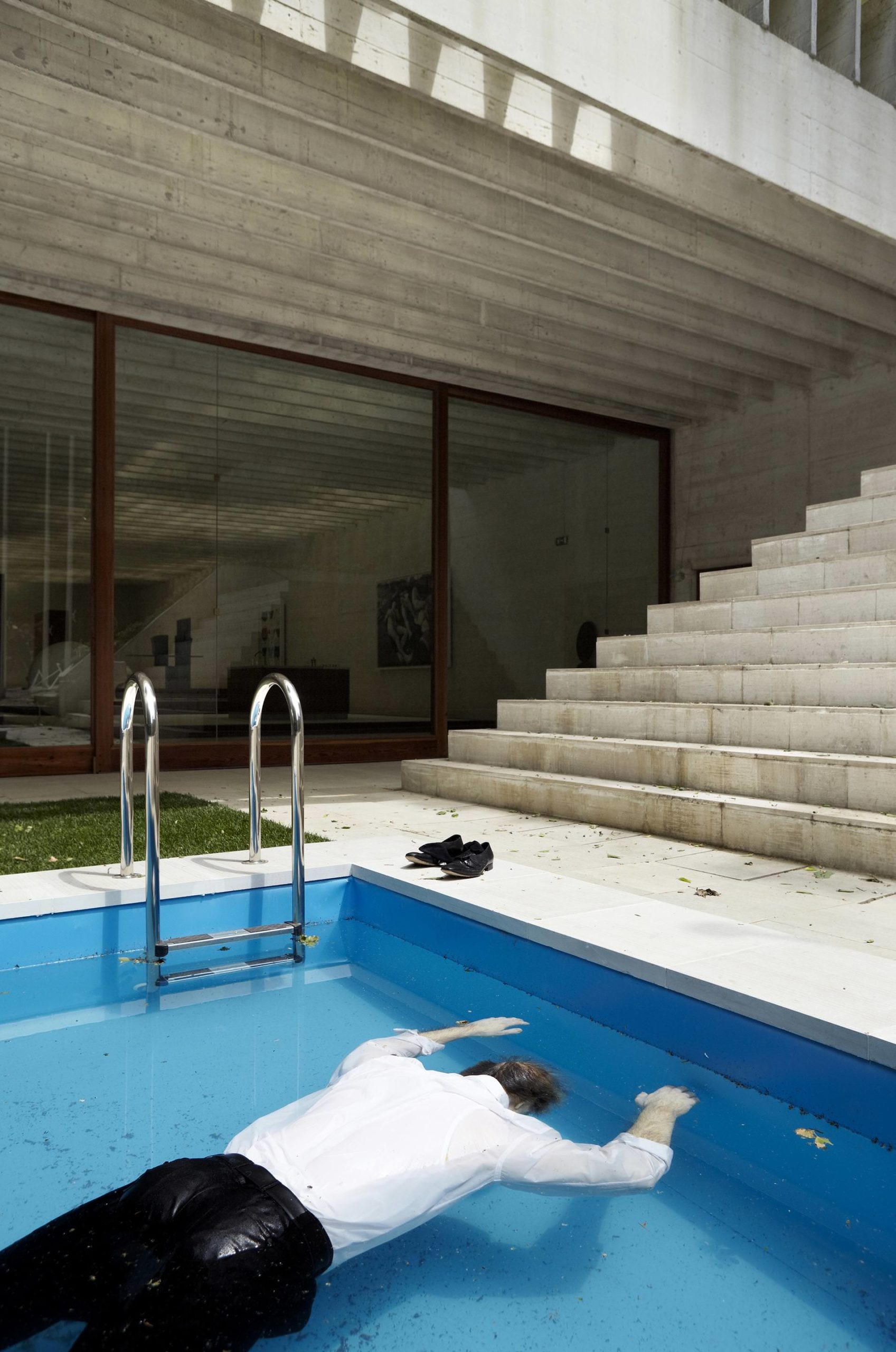
Elmgreen & Dragset
Death of a Collector
2009
Swimming pool, silicone figure, Rolex watch,
pack of Marlboro cigarettes, clothing, shoes
100 x 600 x 200 cm
Photo by Anders Sune Berg
Courtesy of Colección Helga de Alvear,
Madrid/Cáceres
E&D: We use humor in our works as a sort of “anger management.” We might bite our tongues all the time, but only because we’re constantly looking for a new language.
WW: Your installations always incorporate the element of discovery and imagining based on objects, remnants, things left behind. What do you enjoy about leading a viewer through that journey of discovery?
E&D: We were always a little envious of filmmakers or writers, who could talk about huge existential or political questions through the perspective of just one person’s life. At some point, we realized that there was a lot of untapped potential in the third persona that we had developed between us over the years. This malleable person could take any form, shape, age or identity, be placed in any environment, and become a vehicle for all kinds of projections. Like a kind of detective, the audience helps us to find out who that person is, and during that process, conflicts in and with society are revealed.
WW: What everyday objects would be most representative of each of you?
INGAR DRAGSET: I want to be that slightly chipped, stained, and faded coffee cup that doesn’t match with the rest of the kitchenware but you can’t bring yourself to throw out. Too many memories.
MICHAEL ELMGREEN: I’m very attached to my bed. When I recently read Cosima von Bonin’s hysterically funny and bright interview in The Brooklyn Rail, I found out that we share this kind of escapism. The bed is where I daydream if not asleep. From there, I can change the order of the universe and fight my noble fights.





